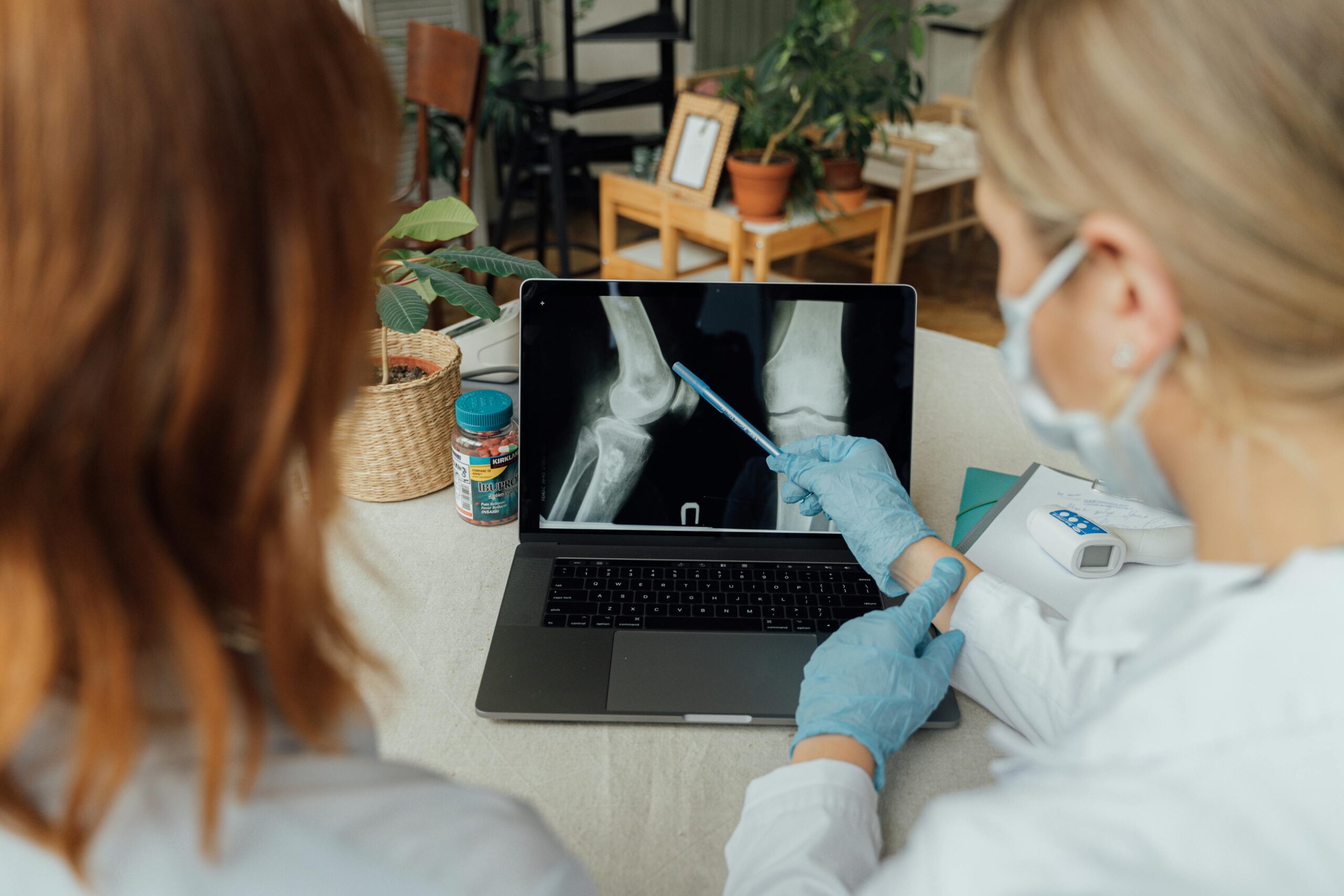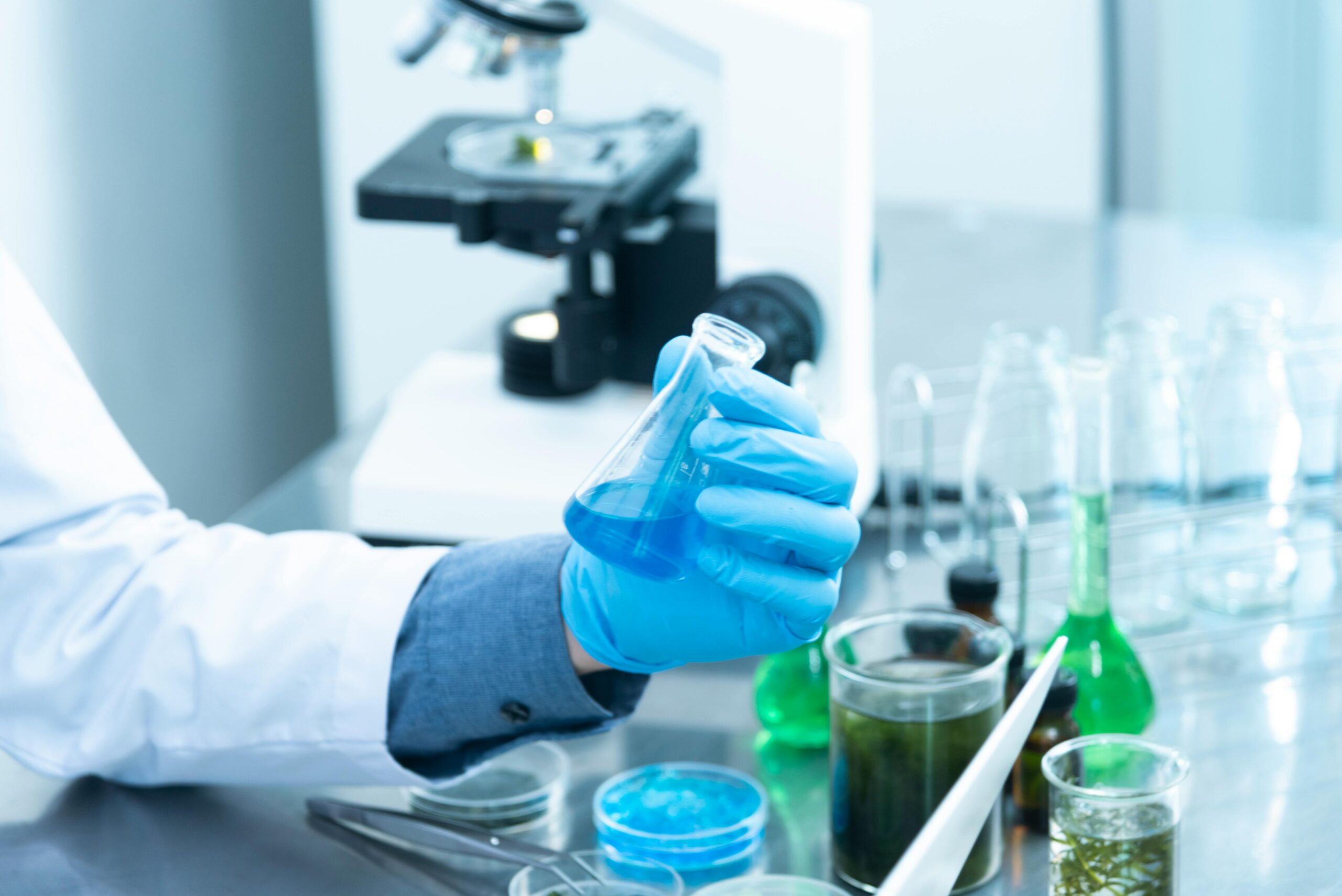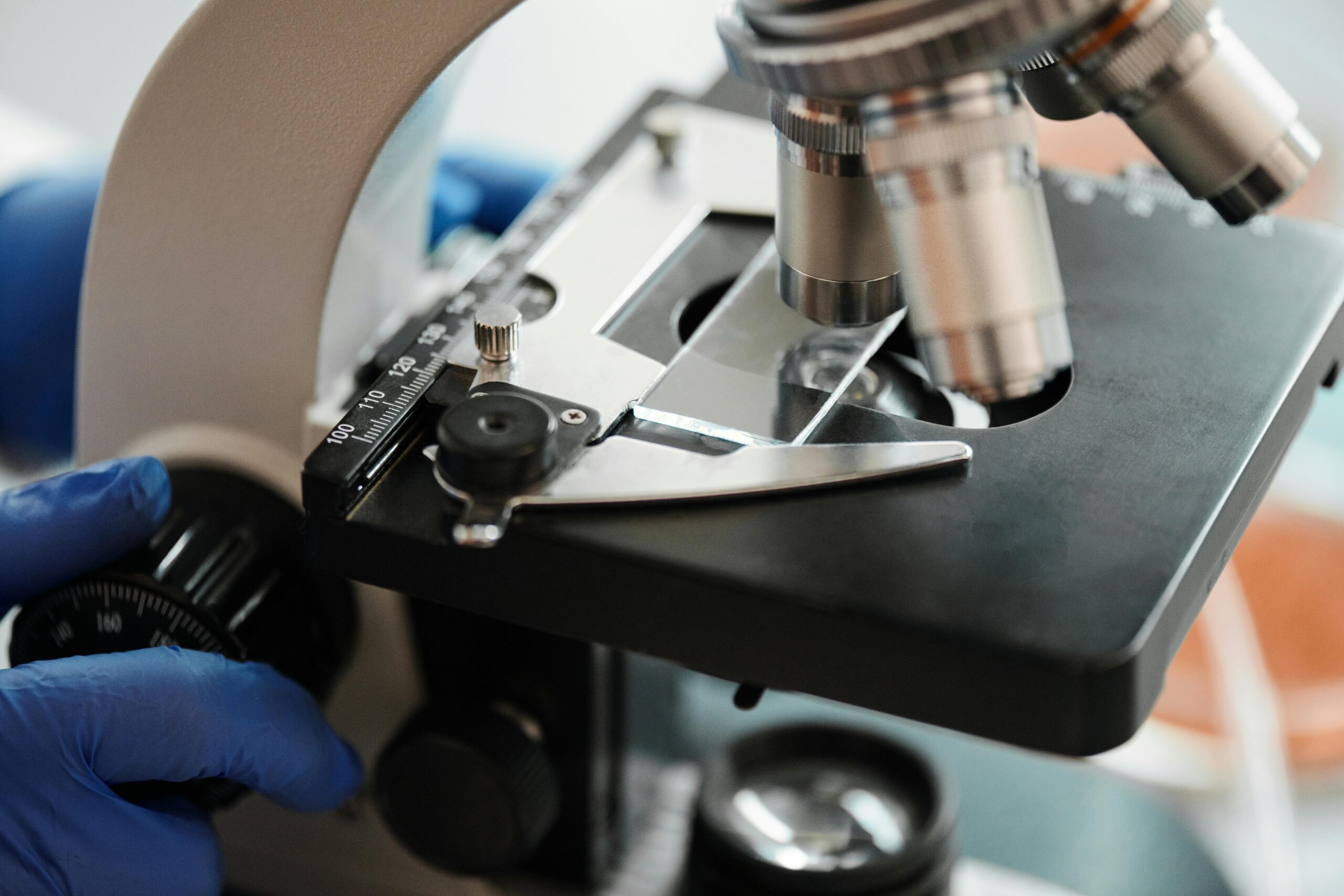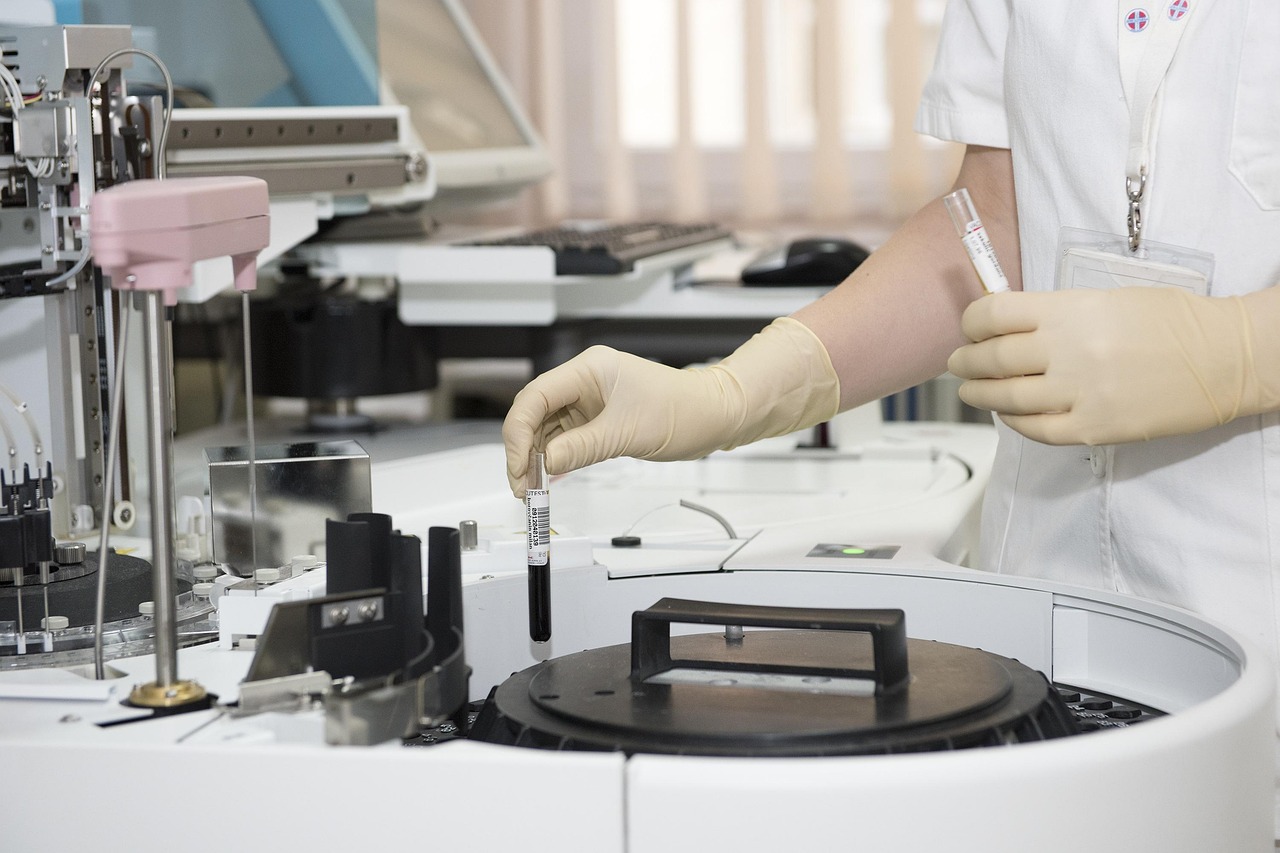Medical science has come a long way from guesswork and trial-and-error treatments. In today’s fast-paced healthcare environment, early and accurate diagnosis is the foundation of effective treatment. Thanks to groundbreaking medical innovations, doctors can now detect diseases at earlier stages with greater accuracy and efficiency.
From artificial intelligence to genetic testing, these technological advances are revolutionizing the world of clinical diagnostics. Let’s explore eight powerful medical innovations that have significantly improved the way diseases are identified and managed.

One of the most revolutionary developments in recent years is the use of artificial intelligence (AI) in radiology and imaging diagnostics. AI-powered software can analyze X-rays, CT scans, MRIs, and mammograms faster than the human eye and often with greater precision.
For instance, AI diagnostic tools can identify lung nodules, brain tumors, and fractures that might be missed by even the most skilled radiologists. This allows for earlier diagnosis and quicker intervention.

Genetic testing has opened new doors in personalized medicine. Through DNA sequencing, doctors can now identify inherited conditions, predict disease risk, and even guide treatments based on a person’s genetic makeup.
For example, BRCA1 and BRCA2 gene testing helps determine the risk of breast and ovarian cancer. Meanwhile, whole genome sequencing is being used to diagnose rare and complex diseases that traditional tests might miss.

Smartwatches and fitness trackers are more than just lifestyle gadgets. These wearable health monitors are capable of detecting irregular heart rhythms, blood oxygen levels, and even early signs of stroke or heart attack.
Devices like the Apple Watch and Fitbit Sense are equipped with sensors that continuously gather health data, allowing both patients and doctors to track changes in real time. This real-time monitoring leads to earlier intervention and better health outcomes.

Point-of-care testing refers to medical tests performed at or near the site of patient care, such as clinics, emergency rooms, or even homes. These portable devices can deliver immediate results for blood glucose, pregnancy, infections, and even COVID-19.
POCT reduces the waiting time for lab results and supports rapid clinical decision-making. It's particularly beneficial in rural or underserved areas where access to full-scale laboratories is limited.

The rise of telemedicine has transformed access to healthcare, especially in remote and rural areas. With the help of video consultations, cloud-based diagnostic tools, and mobile apps, doctors can evaluate symptoms and recommend tests or treatments without needing to see the patient in person.
Remote diagnostic tools like connected stethoscopes, otoscopes, and digital thermometers help physicians assess patient health with surprising accuracy from afar.

Traditional biopsies can be invasive, painful, and risky. Enter liquid biopsies—a non-invasive diagnostic technique that analyzes blood samples for cancer-related markers such as circulating tumor DNA (ctDNA).
This breakthrough innovation is making it easier to detect cancers like lung, breast, and colorectal cancer in their earliest stages—when treatment is most effective. It’s also useful in monitoring the effectiveness of treatment and detecting recurrence.

Today, many people turn to AI-powered health apps before visiting a doctor. Apps like Ada, HealthTap, and WebMD Symptom Checker use algorithms to assess symptoms and suggest potential causes or next steps.
While they’re not a replacement for doctors, these tools offer preliminary assessments that guide patients to the right specialist or testing service.

Modern pathology labs now use automated analyzers and digital slides for faster and more accurate sample analysis. Instead of manual processes, machines scan tissue samples, count cells, and even detect abnormalities using image recognition.
This innovation has significantly reduced diagnostic errors and speeds up pathology reports, especially for diseases like cancer, infections, and autoimmune disorders.
The evolution of medical diagnostics is not just a technological achievement—it’s a profound leap toward saving lives, reducing healthcare costs, and improving the overall quality of patient care. These 8 groundbreaking innovations are making early and accurate diagnosis more accessible and affordable than ever.
From AI-driven tools to genetic testing and wearables, these technologies are not only helping doctors work smarter—they're also empowering patients to take control of their health.
As healthcare continues to evolve, the integration of smart diagnostics and personalized medicine will be the new frontier. The earlier we can detect an issue, the better we can treat it—and these innovations are making that future possible, today.







Be First to Comment